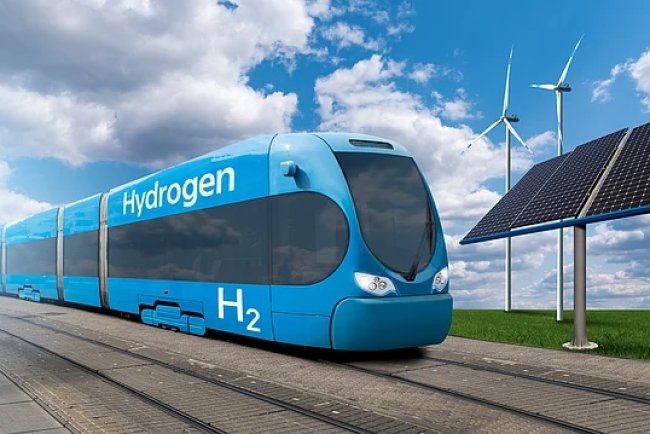Amazon AWS Hits 53% Milestone Toward 2030 Water-Positive Target
Amazon Web Services achieves 53% progress on its water-positive pledge, aiming to return more water than it uses by 2030. Efforts span cooling innovations, water replenishment projects, and global sustainability partnerships.

Amazon Web Services (AWS) said it has reached 53% toward its 2030 water-positive target, underlining the tech giants dedication to environmental sustainability. Part of Amazons larger plan to tackle the environmental effects of its extensive data center activities, especially targeting water use efficiency and replenishment, this project aims to help Amazon.
The idea of water positive means that a business returns more water to the environment than it uses throughout its activities. For AWS, this calls for decreasing water consumption in its data centers and funding initiatives restoring freshwater ecosystems, most notably in water-stressed areas.
According to a recent AWS achievement, more than half of the water used in 2023 throughout its worldwide activities has been balanced by replenishment programs, increased efficiency, and partnerships. Among other areas, these initiatives include the United States, India, the United Kingdom, and South Africa.
AWS's main approaches include cooling system innovation. While AWS is using air-cooled systems and temperature-optimized cooling cycles to reduce water consumption, conventional data centers depend mostly on water-based cooling. Depending on local temperature, some data centers utilize recycled water or run without any water-based cooling for most of the year.
Along with technical improvements, AWS is also sponsoring local-level water restoration efforts. These consist of urban water recycling infrastructure, rainwater harvesting systems, watershed health initiatives, and wetland rehabilitation. Many of these projects are done in partnership with local NGOs and water management agencies to guarantee regional impact and long-term sustainability.
AWS has helped restore rain-fed tanks and create check dams in India, for instance, to improve groundwater recharge. By lowering wildfire hazards and soil erosion, the company has assisted finance forest health projects that preserve upstream water supplies in California.
Another element of the water-positive plan is transparency. AWS has vowed to release yearly updates on its water consumption efficiency statistics and development against its 2030 goal. The company's standard indicator is Water Usage Effectiveness (WUE), which it asserts has greatly increased during the last five years.
The technology department is key in that vision not just by lowering its own environmental footprint but also by offering cloud infrastructure for customers dedicated to sustainability, therefore supporting Amazons bigger Climate Pledge aiming net-zero carbon by 2040.
Critics of big-scale cloud companies have highlighted worries about the invisible water footprint of data activities—particularly in drought-prone areas—despite advancements. Some authorities contend that true sustainability calls for reducing water use at the source, especially during times of peak demand, even if replenishment activities are beneficial.
Responding, AWS highlights its location-aware operational planning, arguing it helps to prevent building new facilities in locations under severe water stress. It also says that its water policy is third-party validated and is consistent with global water stewardship guidelines.
Furthermore regarded as a prospective industry benchmark, AWSs water-positive program sets a precedent for how hyperscale data centers might run with more ecological responsibility. With the exponential growth in cloud computing, artificial intelligence, and digital services, the water and energy intensity of data centers is becoming a more major environmental concern.
Conclusion:
Amazon AWS's goal to become water positive by 2030 is a significant move within the larger sustainability initiative of the tech sector. AWS is attempting to balance the environmental cost of digital infrastructure by integrating innovation, infrastructural improvements, and ecological recovery. As demand for cloud computing increases, AWS's approach could provide a template for striking a balance between digital expansion and water conservation.
Source: ESG News
What's Your Reaction?

















